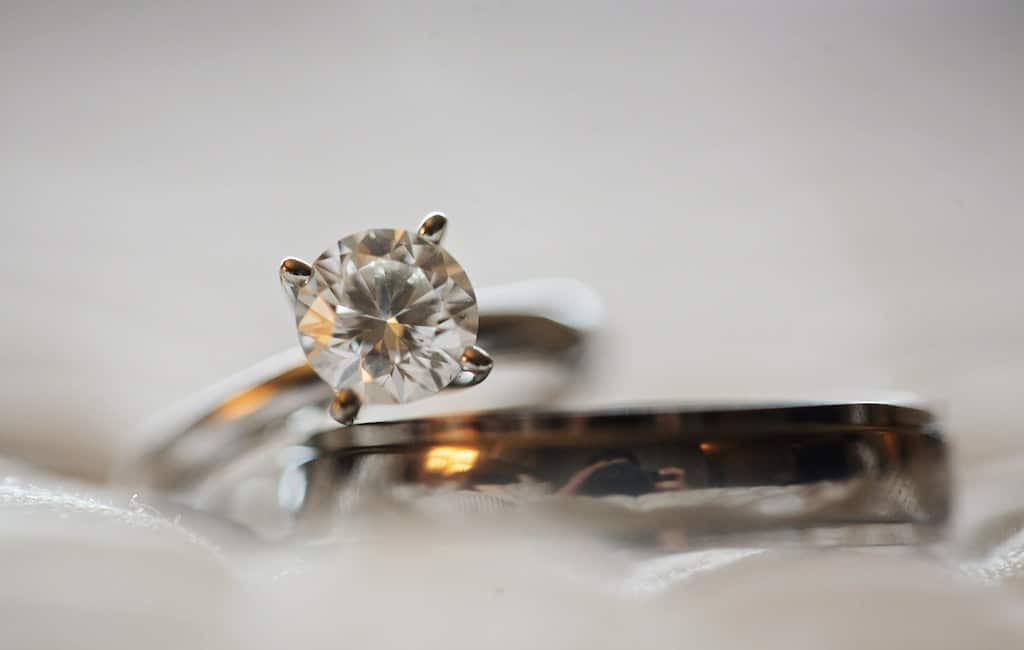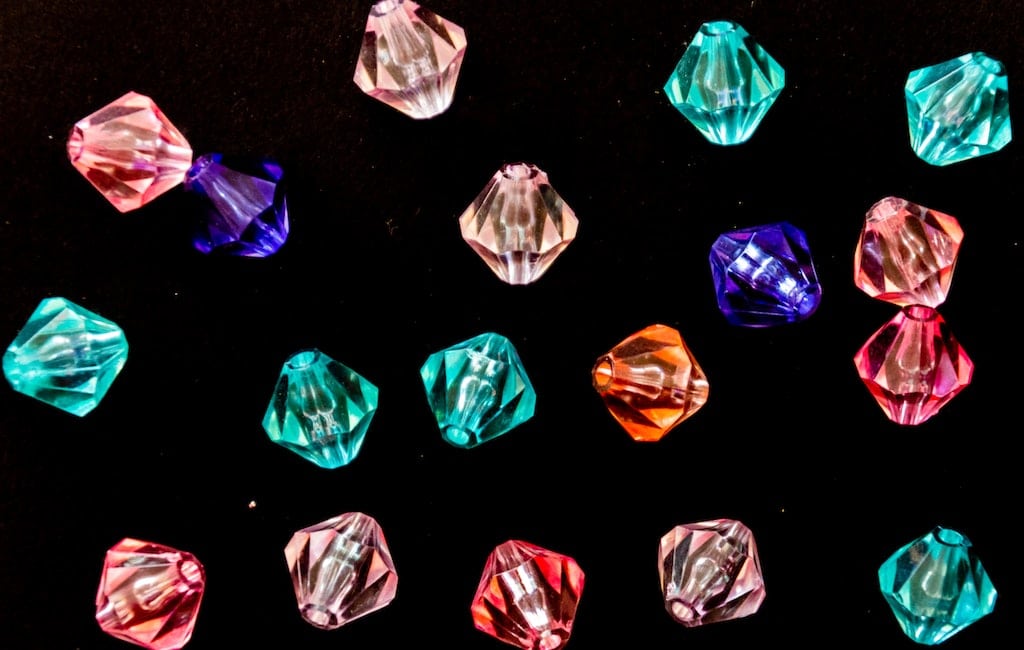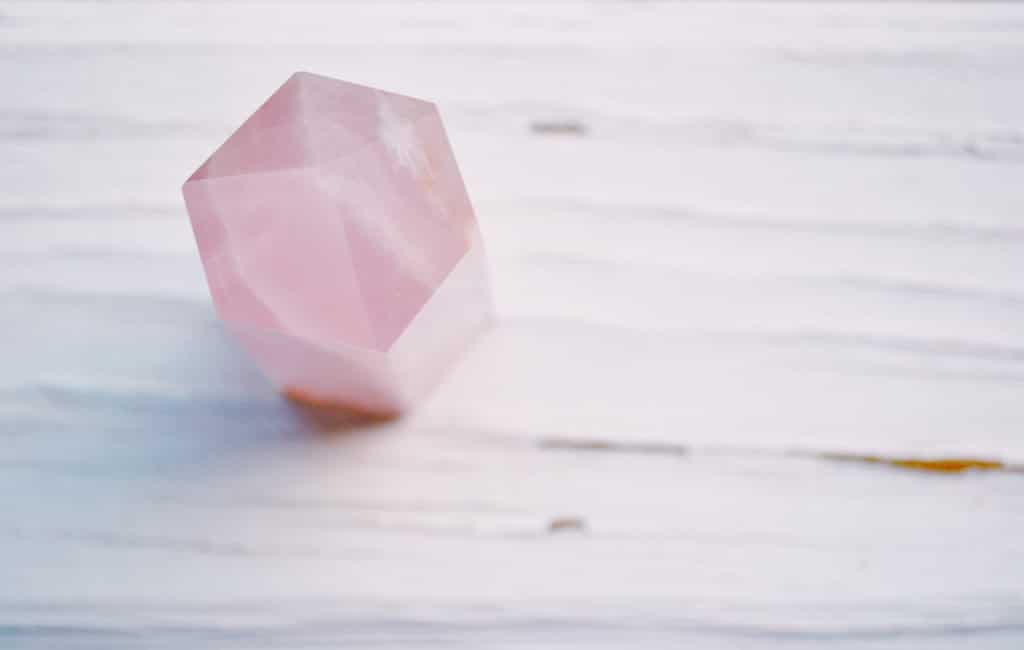George Kunz proposed the name “morganite” at a meeting of the New York Academy of Sciences on December 5, 1910, in honor of his friend and customer J.P. Morgan for his financial support of the arts and sciences and his significant gem gifts to the American Museum of Natural History in New York and the Museum of Natural History in Paris.
This came about as a result of the discovery of a new location for rose beryl in Madagascar in 1910. Morgan was one of the most significant gem collectors in the early 1900s; Tiffany & Company and Kunz, their principal gemologist, helped put together some of his collection.
Morganite’s bright red-colored fluorescence when exposed to X-rays, but absence of phosphorescence after the X-ray source was switched off, was one of the intriguing characteristics discovered by Kunz.
One of the biggest Morganite specimens was discovered on October 7th, 1989. It was around 23 cm long and 30 cm wide, had a somewhat orangish colour, and was discovered in the Bennet Quarry near Buckfield, Maine. The Rose of Maine was the name of this well-shaped crystal that weighed slightly over 50 pounds.

Morganite’s Value
Many jewellery and gem collectors use the colour or hue of gemstones to classify them. While this is not the standard practice, it is helpful and has gotten more popular. This method simply provides another way of doing things and can be used to track rare colours. For example, the rarity of red and blue gemstones has been noted because of this classification method.
Over the last several years, the gemstone known as morganite has become increasingly popular. It is used in making a variety of fine jewellery, inclusive of rings and necklaces. Morganite is categorised as being a form of beryl. Beryl is a type of mineral that is made up of other minerals such as aquamarine and emerald.
Morganite is usually described as a pastel coloured gem in light but can also be seen in shades of pink, purplish-pink and orange-pink. Some stones can also be darker shades even though it is the norm for morganite to be lightly coloured.
The pink and rose tints of the morganite gemstone are known to be more fashionable and as a result, have become very popular in retail markets. The peach and salmon shades are not as popular, however, if the peach shade is untreated some vendors classify it as more exclusive therefore making it more expensive.
The morganite gemstone is almost always heat-treated. This allows the colour or hue of the gemstone to stand out more. The heat leaves the gemstone purer by burning off the yellow pigment, but does not change the value of it as the heat treatment is undetectable. The morganite gemstone is usually very clear, lacking inclusions that are visible to the human eye.
You may lay morganite right on your heart chakra, especially if you wish to meditate while lying down, since it resonates with the spirit of universal love and compassion. However, its soft vibration aids in clearing the heart chakra and allows you to unwind in the security of heavenly love. As a result, it will provide a secure environment for you to investigate and consider elements of your life that could be challenging to recognize.

Different shades
The morganite gemstone, because of its pink colour or hue, is classified with the pink gemstone family. Some of the finest gems in this hue family are sapphire, spinel and tourmaline. Tourmaline exhibits the biggest variety of pink hues.
There is a vast variation in gemstone colours across a variety of gemstones. As a result, gemstones have been organised or classified into colour families. Some of these colour families are red, blue, green, pink, yellow or gold, orange, purple, white or colourless, multicoloured, colour changing and cat eye or star.
One of the hardest gemstones to find are those that belong to the red gems family. This group of gemstones includes gems such as red spinel, red zircon, burma ruby and cuprite. The majority of the gems in the red gemstone family have orangey-red hues, for example the spinel gemstone.
The blue gemstone family is more common, however, very few gems are actually naturally pure blue. The only real example of a pure blue gem is sapphire, with the next best example being tanzanite as it comes closest to being a pure blue gemstone. Some other gemstones with a blue colour or hue are blue sapphire, blue apatite, blue zircon, blue topaz, gem silica and aquamarine.
The green gemstone family has one of the largest varieties of gems in the world and provides the most choices of gems in the world. However, many of the finest green gems are not very popular and you tend to see retailers and collectors with a select few that have made their way into popularity over the years. For example, emerald, jadeite and tsavorite garnet are among some of the rare gems in the family of green hues. Green gemstones mainly get their hues from the traces of chromium and iron that can be found in the stones.
The most valuable of the yellow or gold gemstone hue family are sapphire and imperial topaz. Some other gemstones in this hue family are honey zircon, yellow fluorite, citrine and tourmaline, which is a rare gemstone in this family.
The orange gem family, like the other gem families, is made up of a variety of hues or shades. The finest and most sought after gem of the vivid orange gems is the Spessartite garnet. There are several other orange family gems, namely, citrine, mexican opal, padparadscha sapphire and the imperial topaz.
The violet or purple gemstone family is comparatively much smaller than the others. The most popular gem in this family is the amethyst and is most commonly. It is also the gem that peeks the interest of jewellers as it is most commonly used in jewellery making. Some other gems in the purple gemstone family are scapolite, chalcedony, purple spinel and iolite.
The white or colourless gemstone family is by far the most popular as the beloved diamond is apart of this family. Diamonds are the most valuable and hardest gem in this white or colourless gemstone family. Diamonds are considered to be the finest gems used for jewellery making as well as other valuables and as such, they are not only very desirable but also expensive to retailers, collectors and consumers.
Though diamonds are so popular there are other gems in this classification that are or have been popular over the years and were used as other options to diamonds. Some of these gems are white sapphire, white zircon, goshenite (also known as white beryl), petalite and danburite.
Rare gems
There are some uncommon gems that are made up of several colours or hues and are classified in the multicoloured gemstone family. These gems are very popular especially among the artistic and eccentric communities. Some of these multicoloured gems have two colours and are referred to as bi-colour while some have three colours as such are referred to as tri-colour tourmalines. Some other gems is the multicoloured gemstone family are amertrine and multicoloured fluorite.
Another type of rare gemstones are those that are able to change colour. This happens when the gems are placed under varying degrees of light. These gems tend to spark excitement as it would seem as though you own more than one gems. The most common gem classified under this family is known as alexandrite which shows up as being green or brown under daylight while being under incandescent light the gem shows up as a purplish red hue or colour. The precious opal, multicolour fluorite and the ametrine are other examples of gems classified as being multicoloured.
An interesting gemstone family is the one that has gems with the asterism (the star effect) and chatoyancy (the cat’s eye effect). These gems stones have been highly desired by gem collectors for many centuries. The most popular star effect gemstones are star sapphires and star rubies. The cat’s eye chrysoberyl is the most famous gemstone with the cat eye effect.
Final Comments
Your intellect will be stimulated by the lovely stone moronite. It can also help you live a more accepting and wiser life.
On the other side, this stone will boost your imagination and help you cultivate your psychic abilities. Morganite can provide assistance, particularly for women, by enabling you to experience your inner power. It helps you recognize your inner strength and grace. It facilitates the free flow of love in your life. You’ll get relief from your sense of guilt, loss, humiliation, or sadness with the help of this stone.
The majority of ladies will undoubtedly appreciate morganite since it gives you a strong sense of independence. However, with the aid of masculine energy, you may still obtain harmony and love. You can find happiness, tranquility, and love in your life with the help of the stone.
We appreciate you reading our article, and we hope it was very informative.

